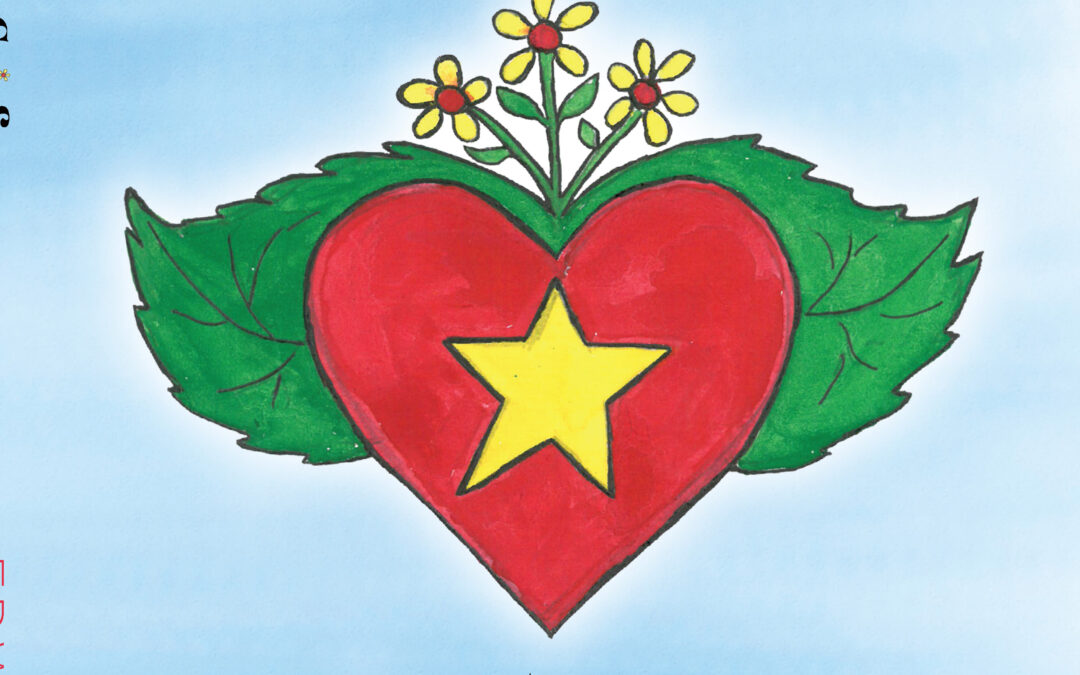Queensland author Edwina Shaw has written a pragmatic non-fiction/part memoir book to accompany anyone experiencing loss, in A Guide Through Grief – First Aid for your Heart and Soul (Red Backed Wren Publishing 2020).
In familiar and easy to read prose, with practical exercises in creativity, art, writing, yoga, meditation, exercise, cooking and rituals, Shaw gently leads the reader through some of the expected and unexpected phases of grief, interspersed with bits of memoir writing from her own experience of losing her father at a young age, her young adult brother and, most movingly, her own infant son. Surely even one of these losses is enough for anyone to bear, but Shaw speaks to those who have suffered one or, in tragic cases, several intimate losses, each requiring its own journey of grief to navigate. She touches on traumatic or sudden deaths, as well as drawn-out illness and disease, and with each case she asks the reader to be kind to themselves and go gently during what is a lifelong and life-changing experience.
Her central message is to turn and face grief rather than running from it as from a monster; to tame it and learn to walk beside it through life; to learn to smile again, one breath at a time and one step at a time.
She knows this is not an easy ask. Her own past addiction to drugs and alcohol, her poor choices, her damaging relationships, all came from a place of pain. With this book, she hopes to encourage others not to make the same mistakes, but to approach grief and loss in a different way, to see it through a different lens, and to hopefully make use of some practical exercises to help ease the path.
Shaw lays out the tools we have at our disposal to help us: creativity, movement, yoga, meditation, visualisations, affirmations, and nutrition … and she advises easy, step-by-step ways to incorporate simple versions of these tools into our everyday lives. She takes the reader by the hand and demonstrates what each tool looks like, what to do if you get stuck, and how to know you are achieving progress. Under the section on Time, she discusses journalling as a possible tool and gives concrete examples of journal entries and the free-spirited, languid, free-association thought approach that might be helpful. She moves on to drawing, yoga and cooking in the same way. And so under other sections titled Truth, Tears, Touch, Talk, Trust, Rituals, Reclaiming Your Space, Special Days, Incense and Ancestors, The Gifts of Grief, Moving Forward and Regaining Your Life, she uses activities that represent all the senses with practical examples and ideas of what might appeal to particular readers, always with an emphasis on love, kindness, being open to change and healing your emotions. Everything from ‘woo woo’ spiritual practices to sensible suggestions about gardening and cleaning and the coffin … she explores the issues with the notion that no idea is a bad idea and gives the reader permission to pick and choose what might work for them.
A Guide Through Grief is a lovely book that helped me in a difficult time in my life and would make a beautiful gift for anyone who is grieving.

